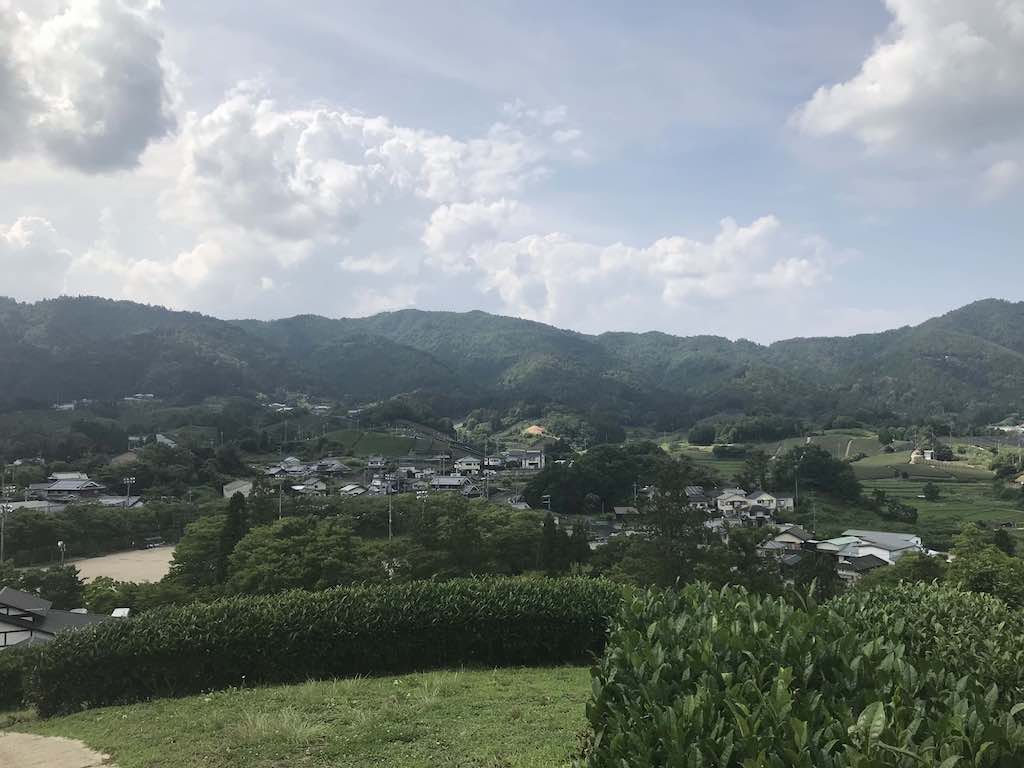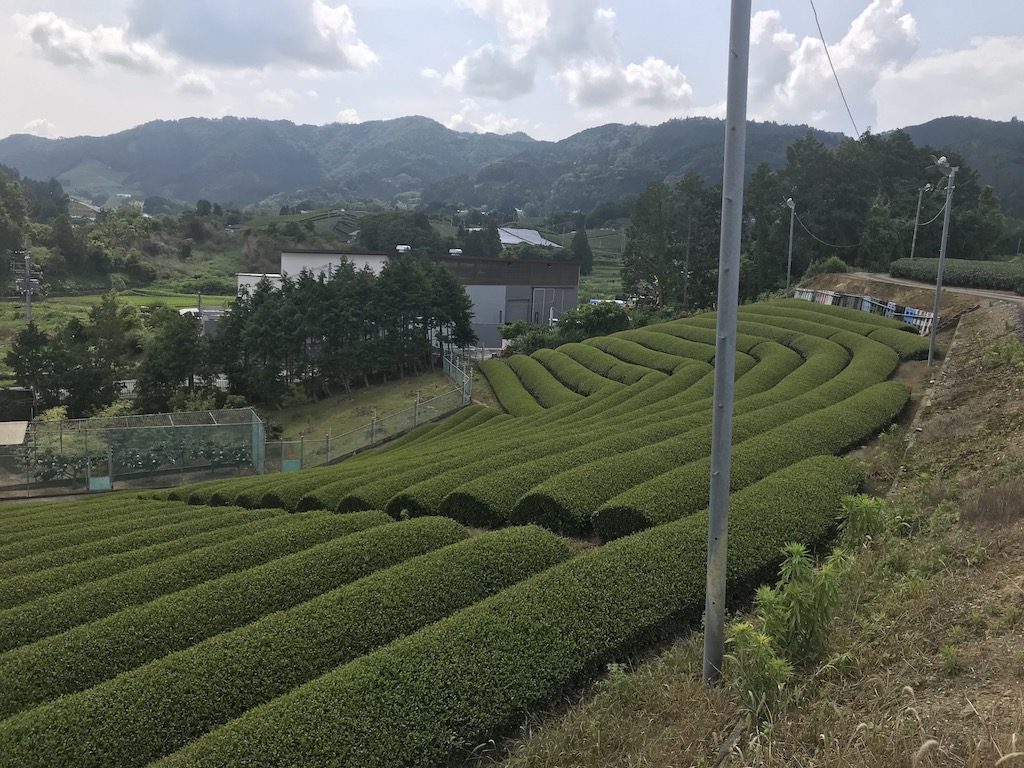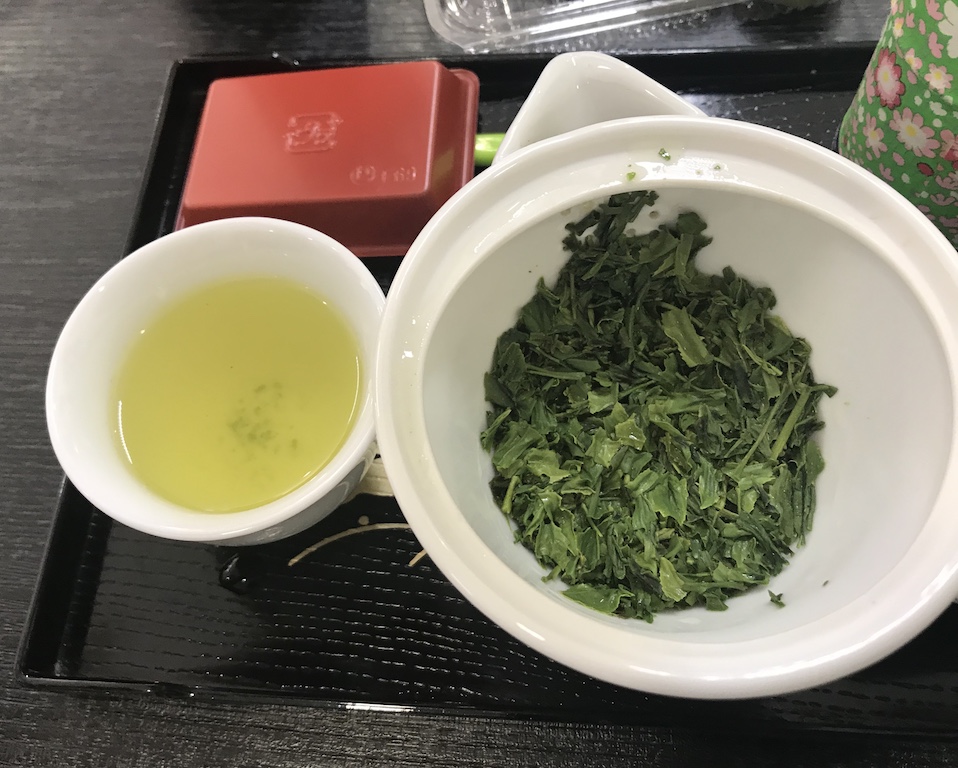
In June, the Tea Club from my school took a week-long trip to Japan. Japan has an incredibly rich culture revolving around the growth, presence, and consumption of tea, so we thought it would be an amazing experience for a club that focuses on the same principles.
The flight from Southern California to Tokyo was not as painstakingly terrible as I had heard from relatives who had previously ventured to “the land of the rising sun.” Once we landed, we were immediately taken by bus to the Chiyoda-Marunouchi area of Tokyo. Here, we participated in a tea tasting; the teas were extremely authentic, and all thirteen American teenagers found every tea completely unpalatable.
I wish I could say that this was our last run-in with tongue-numbingly bitter tea; three days later, we visited a tea field in the Wazuka-Cho region of Kyoto. Before attending a class on how to properly brew tea, we took a tour of the fields–a three-mile walking tour in the blazing sun and overwhelming humidity of the Japanese countryside. Some group members didn’t feel inclined to journey to the top of the hill, but I powered through the unpleasant conditions–and my, am I glad I did.
From the hilltop, I witnessed the entire valley sprawled out as far as the eye could see. Directly ahead, the dense grasses of the valley floor crept up the bases of the mountains opposite us, transforming into thick shrubbery and trees. The traditional Japanese houses of those who tend to the tea plants sprinkled the fertile valley floor. Above, heavenly clouds lined the celeste sky, perforated only by the delicate sun rays shining down upon us. I have never seen anything more astonishing in my entire life.
No one else in the group seemed as incredibly moved as I was by the moments on the hill. I was the last to come down into the classroom where we learned how to brew proper (and excruciatingly bitter) tea from fresh leaves.
However, I felt unbothered by the bitterness of the tea because of the experience I had just had; on that hill, I was able to truly observe and understand the way of life for these rural Japanese tea farmers. They wake up early to beat the heat to the fields, tend to the tea with expertise and precision, then harvest the leaves that they have put all of their work into growing. This is what they do every day. Their lives, economies, and societies revolve around this phenom that is so often overlooked in American culture. The sympathy I gained on that hill had a significant effect on my perspective for the rest of the trip.
After a quick walk back, we were permitted to browse in the gift shop. In an effort to stay as long as possible in this magical place and to support the local economy, I bought tea for myself and for my best friend. We then boarded the bus again, journeying back into Kyoto proper. As we drove down the narrow, winding road, I peered out my window at the luscious hills and the thousands upon thousands of tea plants, engraving the image in my mind until the day I am able to visit this ethereal valley again.
Upon arriving home three days later, my parents asked me what my favorite part of the trip had been. Without a thought, I discussed the tea field and the view from the hill that set my heart aglow, and how I would go back in an instant–and for eternity–if given the choice.
Dear Reader: This page may contain affiliate links which may earn a commission if you click through and make a purchase. Our independent journalism is not influenced by any advertiser or commercial initiative unless it is clearly marked as sponsored content. As travel products change, please be sure to reconfirm all details and stay up to date with current events to ensure a safe and successful trip.


